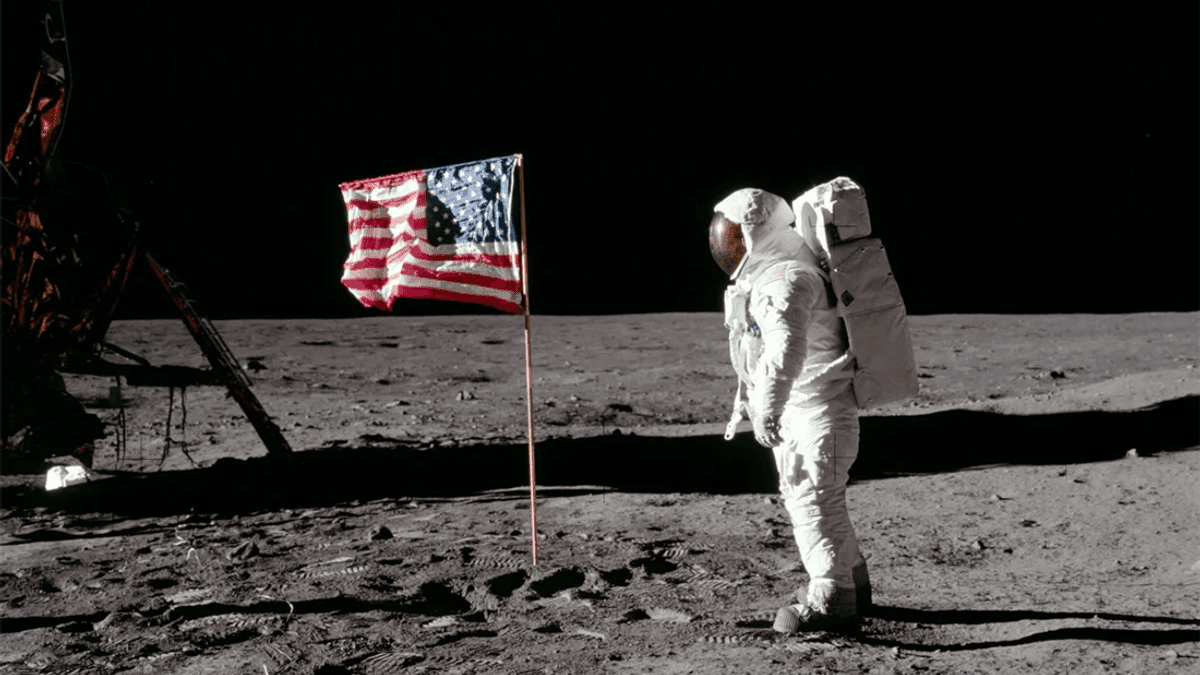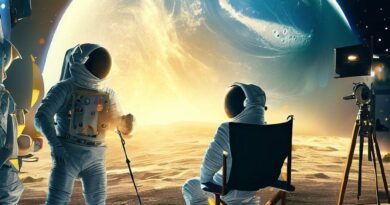Can You See The Stars From The Moon’s Surface? Yes, But They Look A Little Different

If you’ve ever taken a few minutes out of your day to look at old footage and photographs of astronauts bouncing around on the Moon, you may notice a lack of stars in the background.
Let’s get the obvious out of the way. It’s not some big conspiracy where NASA decided to fake the whole thing, organized a gigantic cover up, but forgot that “space has stars” when it came time to do the actual hoax. However, it is true that most of the Apollo missions did not return any images of the stars from the surface of the Moon.
Part of the reason for this was that all astronauts have landed during the lunar day, when it is too bright to see the stars unaided.
“We were never able to see stars from the lunar surface or on the Daylights Side of the Moon by eye without looking through the optics,” Neil Armstrong said in a press conference, with Buzz Aldrin agreeing: “I don’t remember seeing any.”
However, it is possible to see the stars from the lunar surface using optical equipment, and they actually appear a little less blurry than from Earth, where our atmosphere bends the light. So, why didn’t the stars show up in other photos? That’s really a photography question, not one about space.
Astronauts of the Apollo program were primarily concerned with capturing images of the lunar surface, and themselves standing upon it. As such, they used a fast shutter speed and small aperture in order to capture the brightly-lit surface and astronauts to get the shots. The result is that no stars are visible in the background, just as the stars would not be visible in your own photos from Earth.
The only exception is Apollo 16, which took an instrument named the Far Ultraviolet Camera/Spectrograph.
“The Moon-based telescope studied a variety of star clusters as well as nebulae – clouds of gas and dust where new stars will be born,” NASA’s Tricia Talbert explains in a blog post. “Astronauts also pointed it at the Large Magellanic Cloud, which is a small galaxy orbiting the Milky Way. It is called a ‘Camera/Spectrograph’ because it had two modes of operating: ‘direct images,’ which are pictures as from a regular camera, and ‘spectrograph’ which is a way of splitting light to look for the fingerprints of atoms and molecules in astronomical objects.”
Through this first Moon-based telescope, stars (and the Earth) were captured from the lunar surface.
While the first astronauts landing on the Moon did not see the stars too well, Michael Collins sat alone in the command module and drifted behind the dark side of the Moon. There, completely cut off from communications with any other human, he at least had a spectacular view.
“I feel this powerfully – not as fear or loneliness – but as awareness, anticipation, satisfaction, confidence, almost exultation. I like the feeling,” he wrote in his 1974 book Carrying The Fire. “Outside my window I can see stars – and that is all. Where I know the Moon to be, there is simply a black void; the Moon’s presence is defined solely by the absence of stars.”


